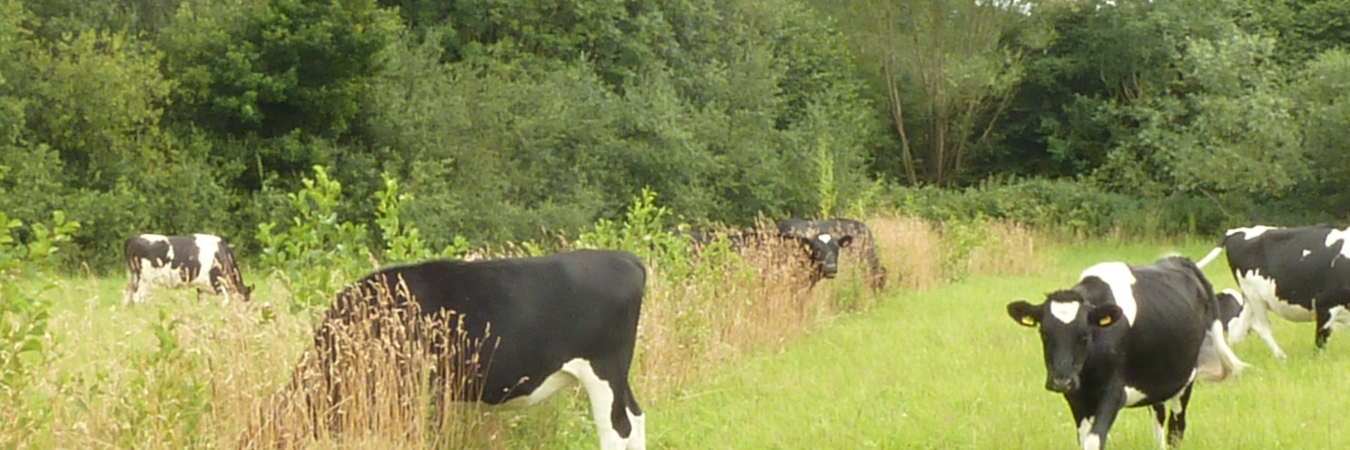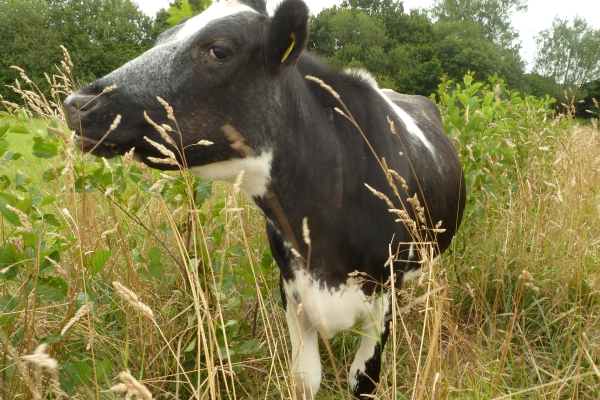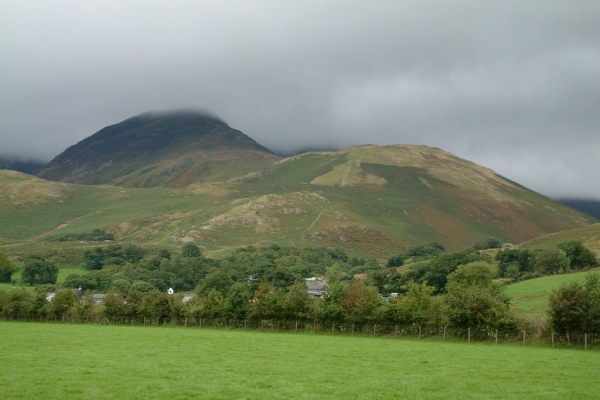Trees for shade, shelter, survival and body maintenance
How offering access to trees can improve the welfare of domestic animals
Resource explained
AFINET factsheet exploring the benefits of silvopasture for livestock. In addition to providing extra fodder, benefits include access to shelter in winter and shade in summer and providing scratching posts to maintain coat condition. The factsheet covers reasons for offering animals access to trees, placing and managing trees, and tree management in relation to understanding animal behaviour. When there is insufficient shade, there is a risk of animals clustering in a small area which can result in overcrowding and an increased risk of disease spreading between the stock. In addition, overcrowding increases the likelihood of underlying vegetation being killed, the soil being compacted, and the ground becoming contaminated with high levels of parasites.
Findings & recommendations
- Shade and shelter are important for good animal welfare.
- The tree canopy offers shade from sun and shelter from rain and cold. Shade from well designed silvopasture can:
- Reduce solar radiation by 58% and the skin temperature of cattle can be 4 ⸰C lower;
- lead to land being more evenly utilised when compared to open pasture;
- raise minimum grass temperatures by 6 ⸰C.
- Shelterbelts offer good protection when perpendicular to the prevailing wind.
- Porous shelterbelts slow down wind and offer better shelter than dense barriers which cause high levels of turbulence.
- Animals use tree trunks and low branches as scratching posts.
- Scratching can remove seeds that could penetrate the skin, external parasites (e.g. ticks), moulting hair and fleece.
- Excessive scratching can alert farmers to fly-strike or mite infestations.
- Mothers from all species will seek out available shelter when giving birth. Good shelter increases the survival rate of newborn animals and promotes the bonding between mothers and offspring.








